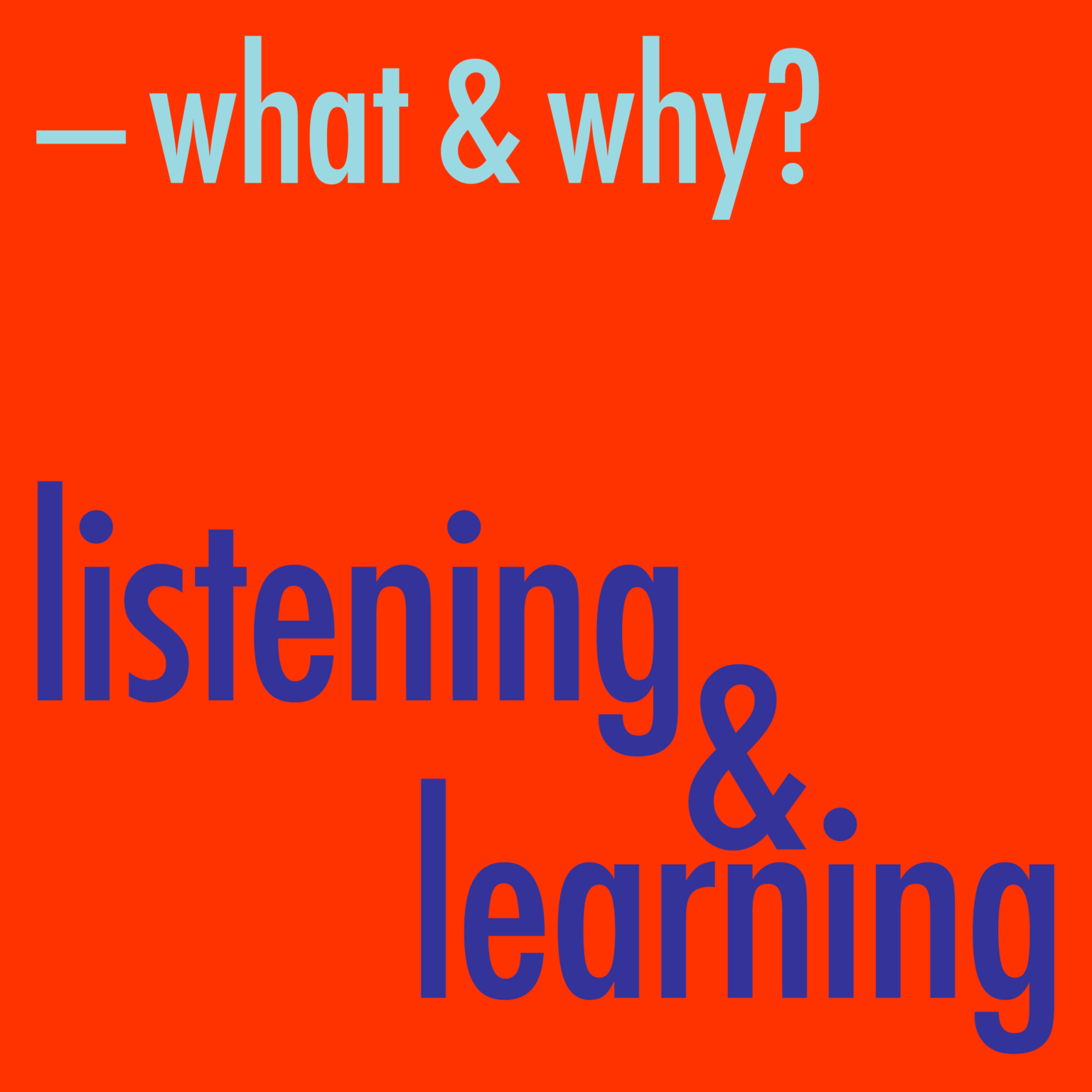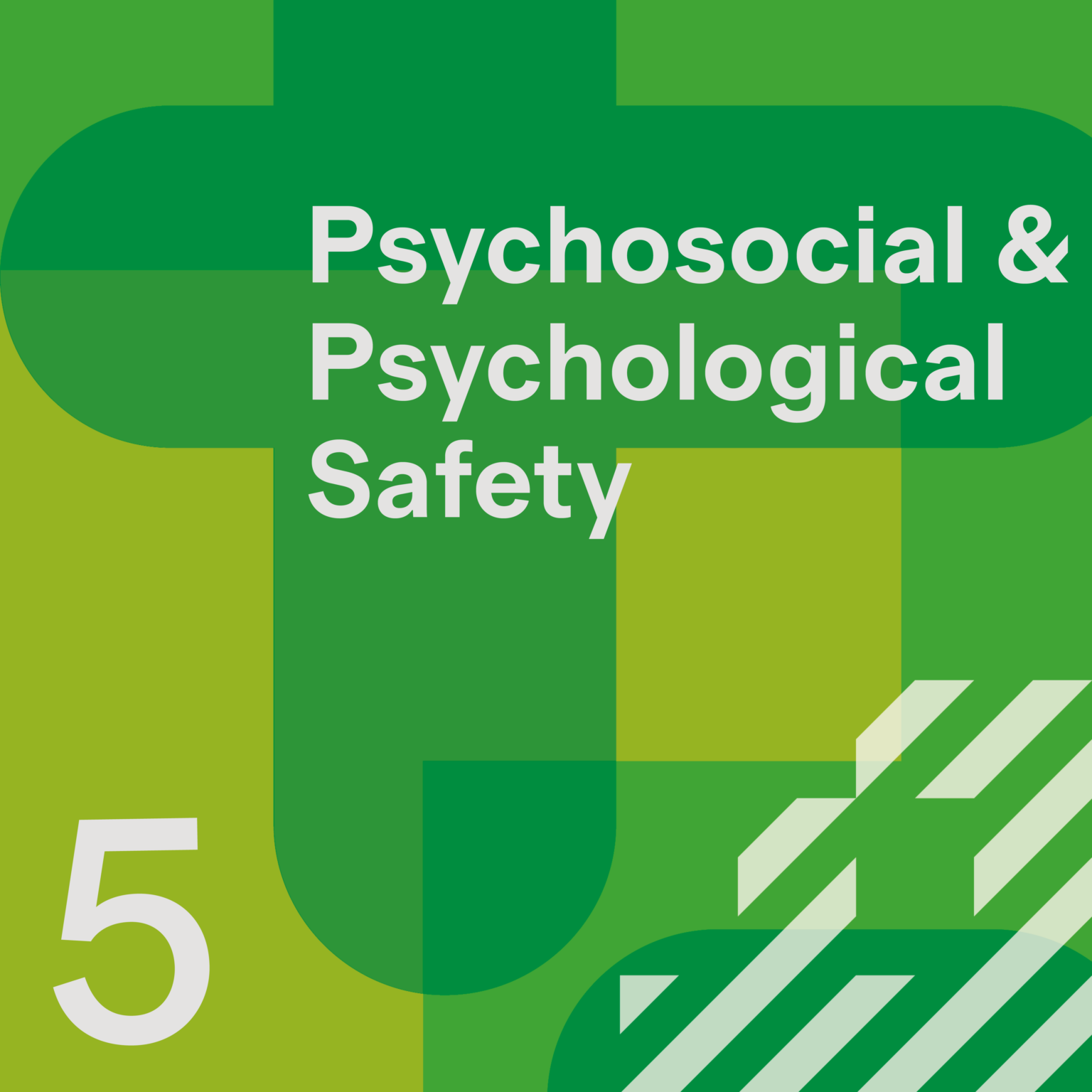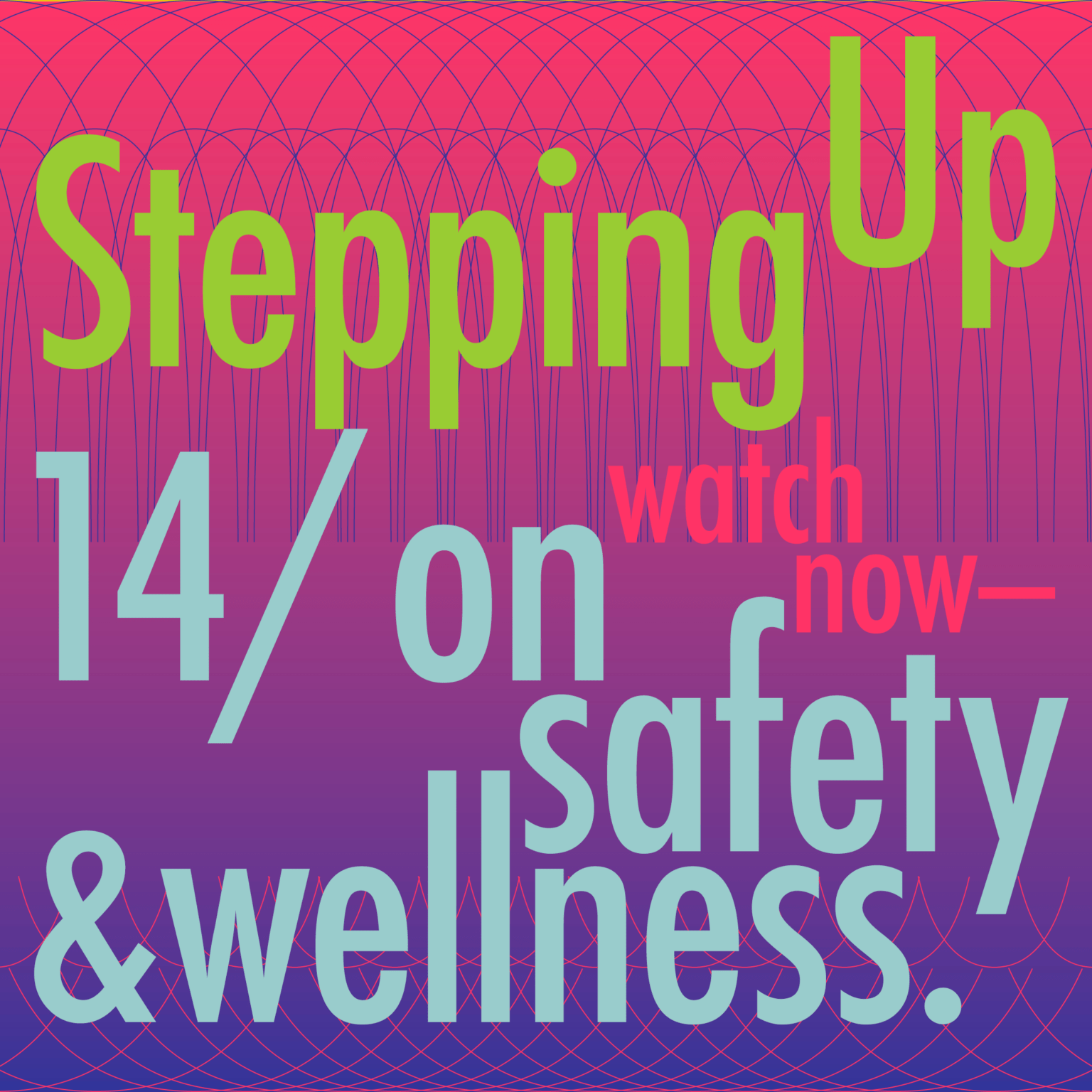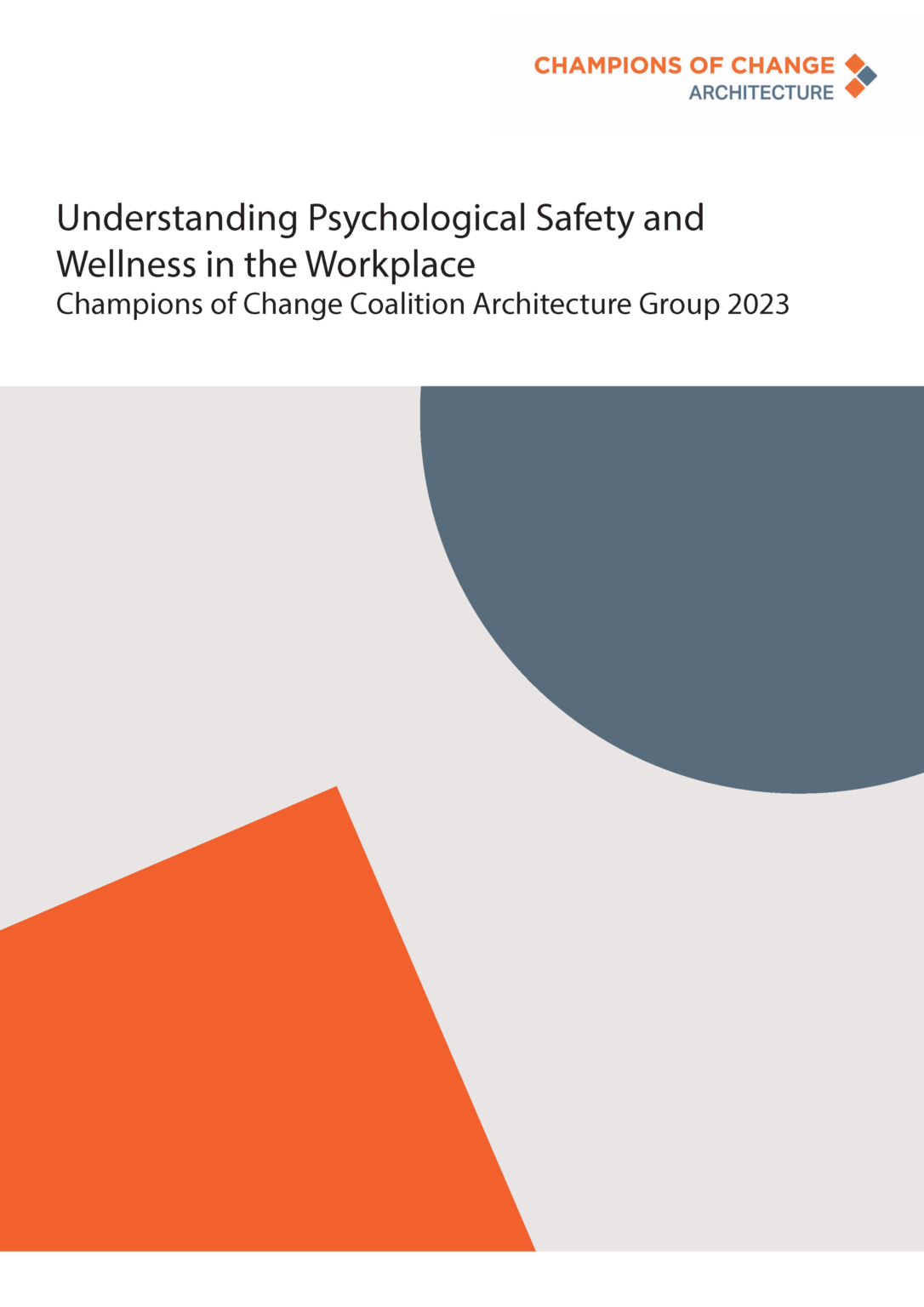What is psychological safety and how does it impact on equity, inclusion and wellbeing in the workplace? Understanding Psychological Safety and Wellness in the Workplace aims to raise awareness around psychological safety, demonstrate the benefits for both employers and employees, and offer strategies and frameworks to encourage workplaces to pursue a significant cultural shift.
Tanya Awadallah shares Amy Edmonson’s definition of psychological safety and its connection to healthy, successful workplaces.
A conversation starter
In the Psychological Safety toolkit, the Champions of Change Architecture Group argues that it’s essential to create healthy, open, productive workplaces so that people feel safe to speak up, take risks, collaborate, innovate and thrive.
The toolkit explores the importance of psychological safety in the construction and architecture industry and offers tools on how to cultivate a culture of trust and respect in the workplace. It connects psychological safety in practice to mental wellbeing, team morale, productivity and overall performance.
The toolkit highlights both the moral imperative and the legal obligation for practices of all sizes to create and maintain psychologically safe workplaces. It offers advice, frameworks and strategies for change.
What is in the toolkit?
Understanding the terms related to psychological safety is critical. The toolkit outlines the definitions of belonging, trust and psychological safety, and connects them to successful workplace cultures.
The toolkit outlines a practical framework to introduce psychological safety into the workplace, beginning with examining existing data. Staff retention, exit and entry interviews, and employee engagement surveys can all be analysed to inform future initiatives.
The toolkit explains how to establish ’Listening and Learning’ sessions within practice, how to set agendas, introduce discussion topics, collect data, and create meaningful follow-up surveys. Suggested themes for discussion are company organisation, culture, social frameworks, leadership, communication and team dynamics. The toolkit offers statements and questions to guide these discussions.
Applying these insights within practice is critical. The toolkit offers advice on how to convert these learnings into action, from the importance of acknowledgement and feedback loops to developing policies, and offering training and support.
The toolkit also offers a list of suggested reading and resources, including a sample slide deck for Listening and Learning sessions.
Gosha Haley and Tanya Awadallah discuss the need to adapt for cultural difference.
Further watching / reading

Listening and Learning is at the core of the Champions of Change approach. Monica Edwards outlines the four-step process, describing it in relation to design processes.

This Wellbeing Guide covers Psychosocial and Psychological Safety. It offers advice for individuals, practices and professional organisations on making change.

Watch this important discussion about psychological safety and its connection to wellness with Neil Stonell and Gosha Hayley (Grimshaw) and Tanya Awadallah (MHNDU).
Understanding Psychological Safety and Wellness in the Workplace was developed by the Champions of Change Architecture Group, led by Malgorzata Haley and Neil Stonell (Grimshaw), Philip Vivian (Bates Smart), Brian Clohessy (BVN), Alex Small (Cox Architecture), Michael Robertson (DKO Architecture), Bronwyn Lee (SJB Architects) and Lisa James (Woods Bagot).





















